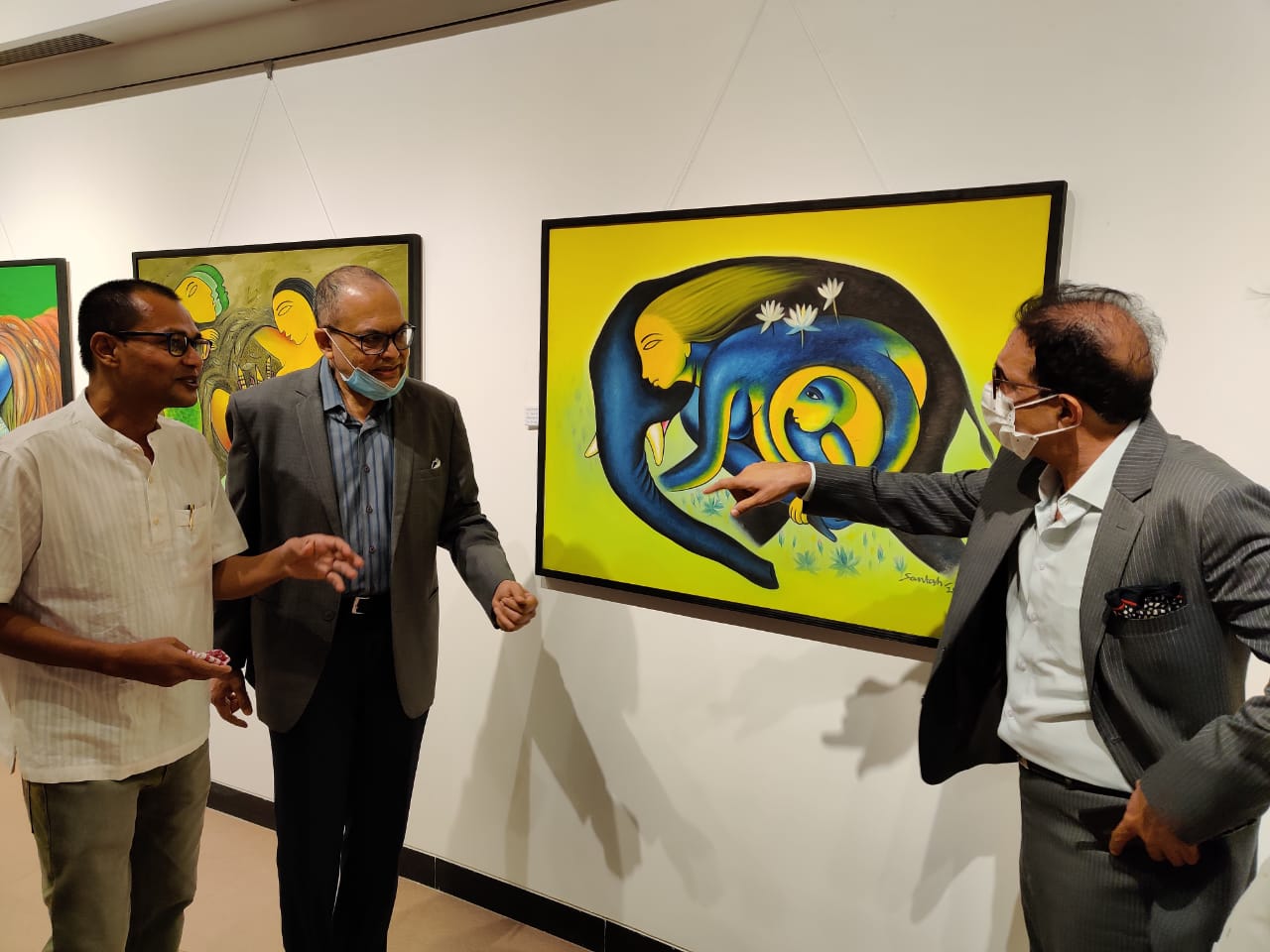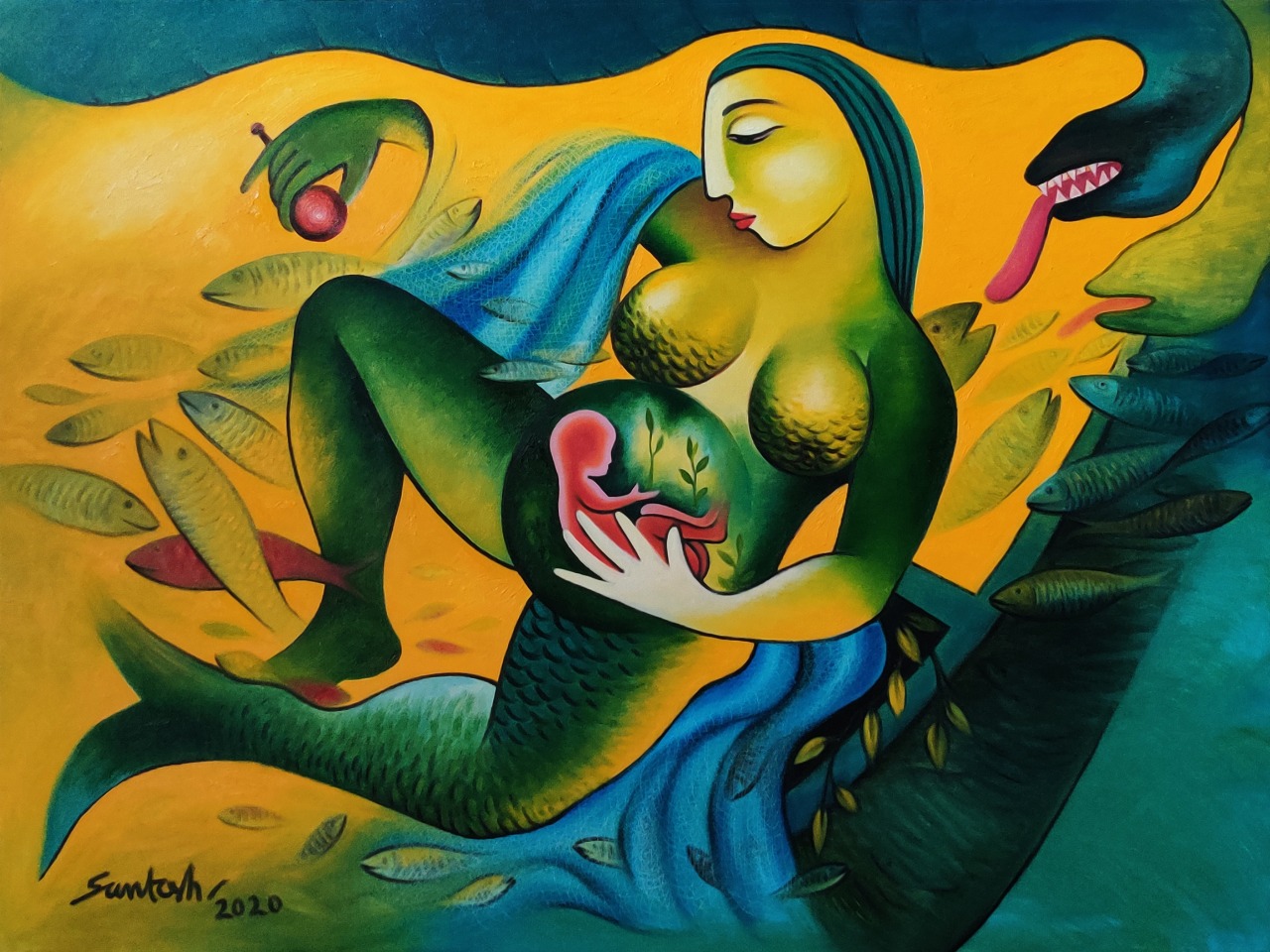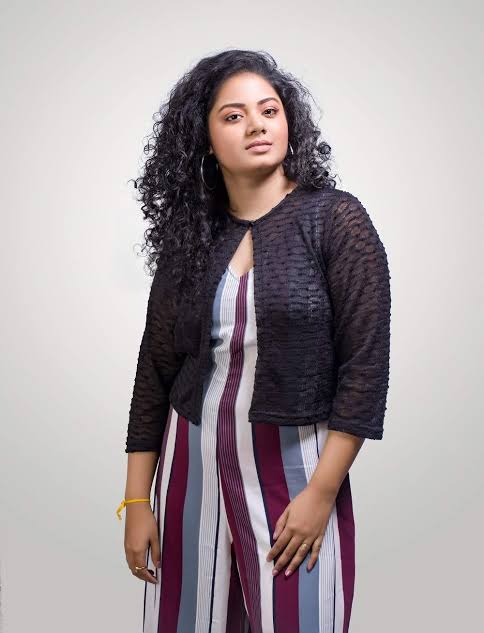March 20, 2021 is a very special day for Parsis in India who are people of Iranian descent. It’s the start of a 13-day long, 3000-year tradition called Novruz. Parsi Novruz is the day of the vernal equinox and marks the beginning of spring in the Northern Hemisphere. More accurately, the exactly calculated moment the Sun crosses the celestial equator and equalizes night and day is marked as the first day of Novruz in the Iranian calendar, and that is why Nowruz is celebrated at different times of the day or night, with families gathered to observe the rituals together.
A superstition about Novruz is that one must be at his or her best at the time of Sal Tahvil; otherwise, he or she will be having an unlucky time throughout the year. Another common, Novruz superstition is actually tied to the Chinese zodiac tradition of assigning an animal to each year in a twelve-year cycle. This year, which is 1400 on the Iranian calendar, is the Year of the Ox, and many are relieved to see the end of the tragic and chaotic Year of the Rat. In many cultures, the ox has positive imagery and is considered an animal of strength that is associated with harvests and fertility, and according to astrologers, the ox symbolizes hard work, positivity, and honesty.
Novruz is UNESCO Intangible Cultural Heritage of Humanity, first inscribed on the list in 2009 through the initiative of Iran and joint cooperation of Azerbaijan, India, Kyrgyzstan, Pakistan, Turkey, and Uzbekistan. The case was later extended in 2016 to include five more countries – Afghanistan, Iraq, Kazakhstan, Tajikistan, and Turkmenistan. Many countries along the Silk Road, such as Afghanistan, Tajikistan, Azerbaijan, and Turkey, celebrate Nowruz, and the rite is not exclusive to one culture or religion.
Here is a list of activities for Navroz
House cleaning is done a few days before spring.
Chaharshanbe Suri, which falls on the eve of the last Wednesday of the year, and includes jumping over bonfires while singing ‘My sickly yellow paleness is yours; your fiery red color is mine.’
Going to the cemetery on the last Thursday of the old year to remember the ones who have passed away.
New Year shopping to buy outfits to wear for the entirety of the 13-day long holidays.
Haft-sin (The Seven S’s), a traditional table setting that symbolizes life, fertility, and love as a whole, and requires all members of the family to gather around the moment the new year begins. The Seven S’s are:
- Seeb (apple); symbol of beauty and love
- Seer (garlic); symbol of health
- Serkeh (vinegar) symbol of progress and change
- Somaq (sumac); symbol of patience
- Samanu (sweet pudding); symbol of abundance
- Sabzeh (sprouts); symbol of rebirth
- Senjed (Persian olive) symbol of stability and strength
Eid Didani, or an intensive period of visiting the relatives.
Eidi is the money one receives from the people one goes to for ‘Eid Didadni’.
Travelling is a perfect excuse for ditching the whole ‘eid didani’ tradition.
New Year Cuisine is the regular food which tastes better during Novruz. They include Ash-e reshteh (a noodle soup), Kuku sabzi (herbs and vegetable soufflé) served for dinner on New Year’s, Reshteh polow (rice cooked with noodles), Sabzi polow with fish, and dolma (cooked vegetables, meat and rice rolled in grape leaves).
Sizdah bedar is the last day of Nowruz holidays that falls on the 13th of Farvardin, and the number is considered to bring bad luck in Persian folklore. The idea of Sizdah bedar (literally, Thirteen Outdoor) is to spend time picnicking outdoors, and throwing away your Sabzeh because it is considered a bad omen to still have it when the Novruz holidays are over.





















